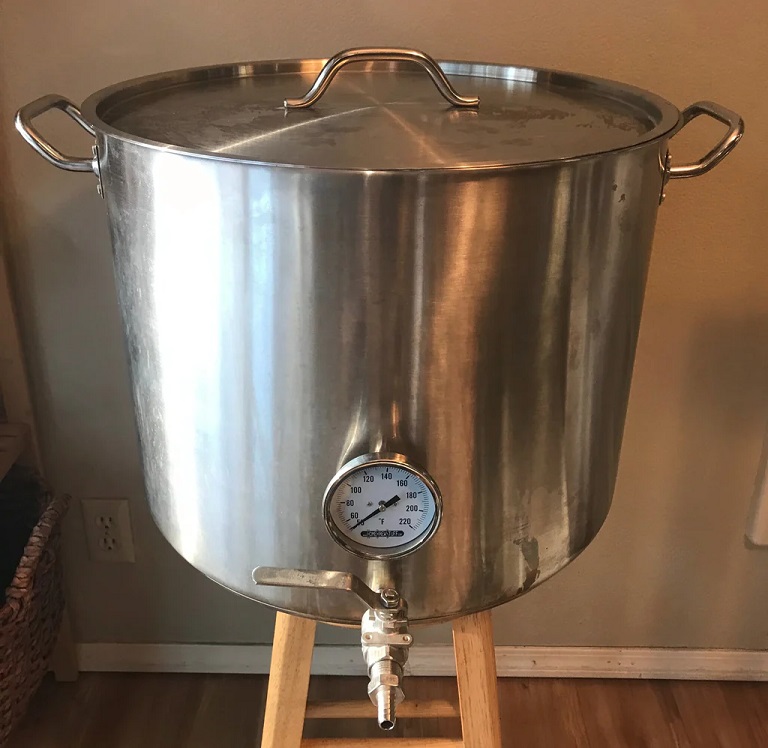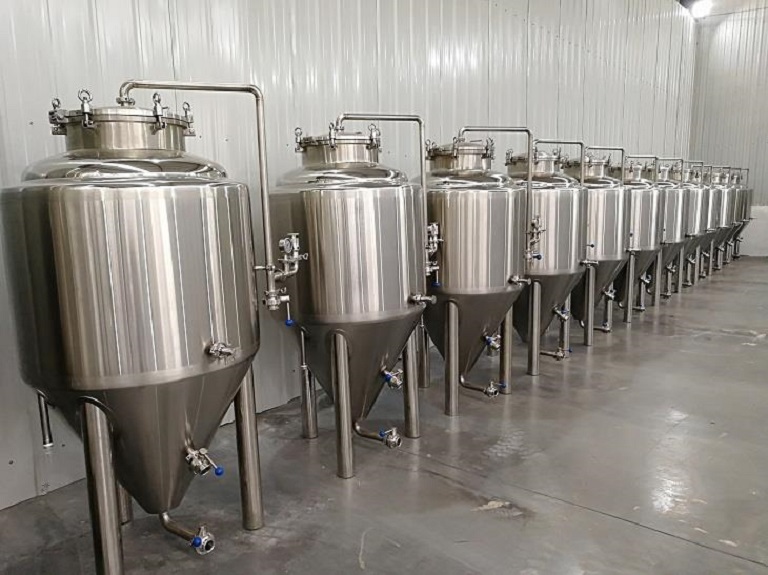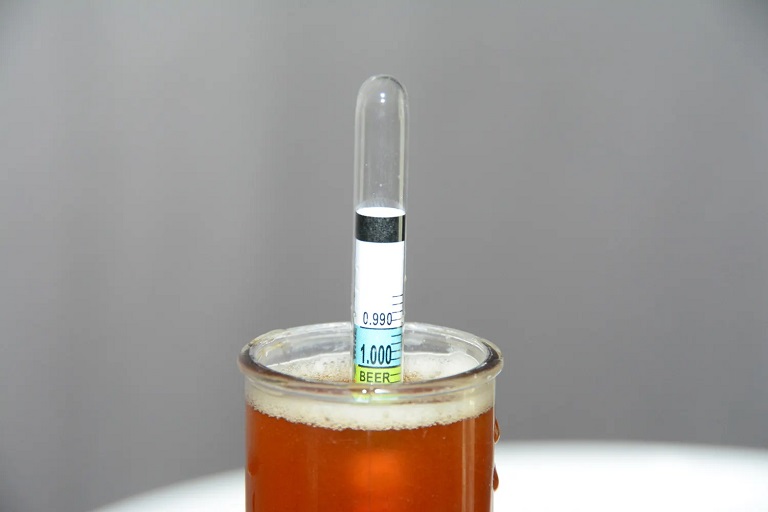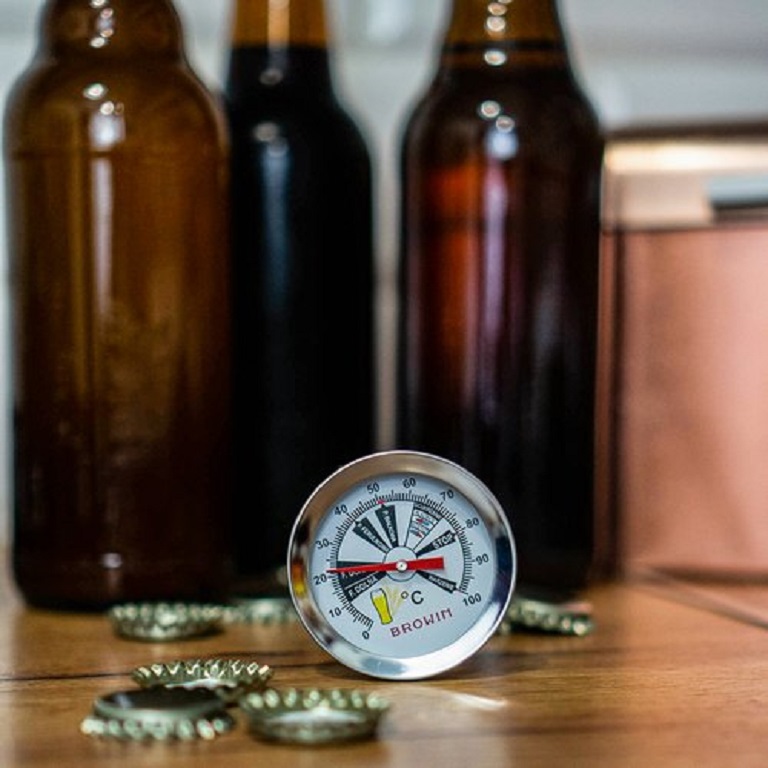Contents
If you’ve been bitten by the brewing bug and are ready to embark on the adventure of creating your own liquid gold at home, you’re just at the right place. Are you ready to embark on a journey of flavors, aromas, and the art of brewing right from the comfort of your own home? We have the key to unlocking your home brewery dreams: the perfect brewing equipment.
Whether you’re a novice eager to dip your toes into the world of home brewing or a seasoned pro looking to upgrade your setup, the right equipment is the cornerstone of your brewing success. But with countless options available, how do you navigate the labyrinth of choices and find the perfect tools for your craft?
Step 1: Define Your Brewing Goals and Budget
Before diving headfirst into the world of brewing, take a moment to consider your brewing aspirations. Are you a casual brewer looking to experiment with a few batches, or a dedicated enthusiast with visions of opening your own microbrewery? Understanding your goals will help determine the appropriate scale of home brewing equipment for you. Additionally, consider your budget. Brewing can be as affordable or extravagant as you desire, so set a realistic spending limit to make the most out of your money and buy the right brewing equipment for your needs.
Step 2: Determine Your Brewing Capacity
Think about how much beer do you plan to brew per batch. If you’re happy with brewing small quantities, a basic homebrewing kit or a one-gallon setup might be perfect. However, if you aim to supply your friends and neighbors with your craft and want to give the perfect gift to your beer loving friend, larger-scale equipment like a five-gallon setup or even a conical fermenter could be in your future. Assess your brewing ambitions and decide on the optimal brewing capacity for your needs.
Step 3: Choose the Brewing Method: Extract vs. All-Grain
Now that you’ve outlined your goals and capacity, it’s time to choose your brewing method. There are two primary methods: extract brewing and all-grain brewing. Extract brewing involves using malt extracts to simplify the process, making it ideal for beginners or those short on time. On the other hand, all-grain brewing provides the freedom to control every aspect of your brew, from selecting grains to fine-tuning flavors. Deciding which method aligns with your brewing philosophy will help narrow down your equipment options.
Step 4: Buy the Essential Home Beer Brewing Gear
Let’s delve into the must-have equipment for your home brewery. Here’s a breakdown of the essentials.
Brew Kettle

A sturdy, stainless steel brew kettle is a non-negotiable item. Choose a size that accommodates your batch size and opt for one with a built-in thermometer to monitor temperatures accurately.
Fermenter

Select a fermenter based on your brewing capacity and preference. Some of the options include glass carboys, plastic buckets, or even stainless steel conical fermenters for the more advanced brewers.
Airlock and Stopper

Your best bet is to invest in a quality airlock and stopper to allow carbon dioxide to escape during fermentation while keeping contaminants out.
Hydrometer

This nifty device measures the specific gravity of your beer at different stages, helping you determine the alcohol content and the progress of fermentation.
Thermometer

Temperature control is crucial for having excellent brewing success. Get a reliable thermometer to monitor the temperature during mashing, boiling, and fermentation.
Cleaning and Sanitizing Supplies
Keep your equipment squeaky clean and bacteria-free with a trusted cleaning solution and sanitizer. Don’t underestimate the importance of maintaining a sterile brewing environment.
Step 5: Additional Brewing Tools and Gadgets
As you delve deeper into the world of brewing, you may find yourself yearning for some additional tools to enhance your craft. While not essential, the following gadgets can take your brews to the next level.
Wort Chiller
You can quickly cool down your boiled wort to the perfect fermentation temperature with a wort chiller. This device uses cold water to quickly lower the temperature, minimizing the risk of bacterial contamination and improving the clarity of your beer.
Mash Tun
For all-grain brewers, a mash tun is an invaluable tool. It allows you to extract fermentable sugars from grains by creating an optimal environment for mashing. Look for a mash tun with good insulation and temperature control capabilities.
pH Meter
Monitoring the pH level of your beer throughout the brewing process is essential for achieving the desired flavors and ensuring a successful fermentation. Invest in a pH meter to accurately measure and adjust the pH of your brew.
Refractometer
This handy device measures the sugar content in your wort, providing real-time readings during the brewing process. It helps you track the progress of fermentation and make adjustments as needed.
Kegerator or Kegging System
If you’re a fan of draft beer and want to take your homebrewing to the next level, consider investing in a kegerator or a kegging system. This allows you to store and serve your beer in kegs, ensuring freshness and carbonation.
Conclusion
By following these steps and considering factors such as budget, brewing capacity, brewing method, and essential tools, you’re well on your way to becoming a maestro of your own craft beer creations. Remember, brewing is both an art and a science, so don’t be afraid to experiment, adapt, and enjoy the journey. Cheers!

